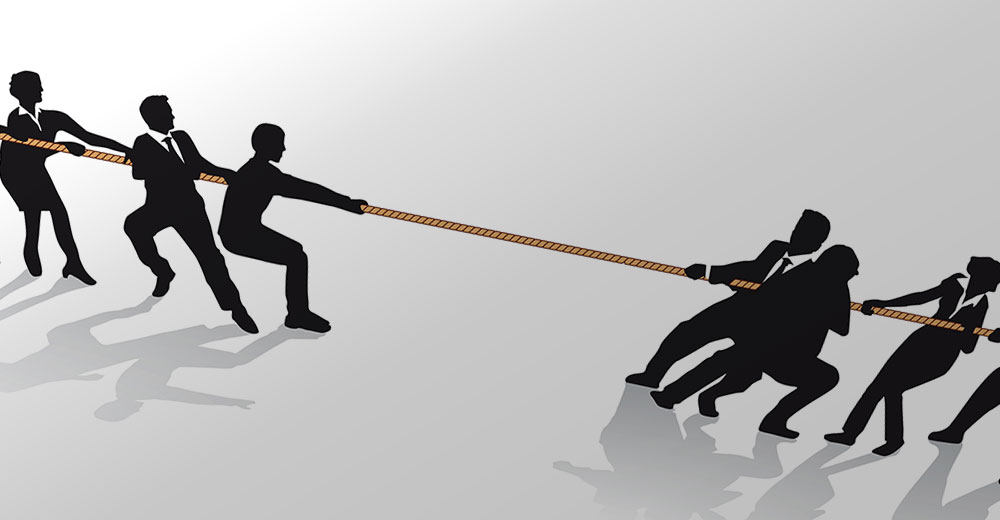Part 1 of this series sketches the history of journalism in the U.S. from the pre-Revolutionary era to the present day.

The economy came crashing down in September 2008 as the credit markets seized up, a massive dislocation which is now, tsunami-like, causing huge damage to the economy. This has significantly reduced the amount of credit available for businesses, and has put publishers, consortia and advertisers — many highly leveraged — into a situation that forces them to liquidate parts of their businesses and lay off large numbers of workers just to make the ballooning payments on their bonds.
Many news organizations — made vulnerable by media competition, the rapid drying-up of advertising dollars, fragmenting markets and the Internet — are being forced to close their doors, and it is very likely that many cities’ alternate papers, and in some cases their primary papers, will cease production this year.
The advertising market has collapsed. Automobile manufacturers are now either in or near bankruptcy. Financial services are, of course, in disarray. Real estate is facing its worst markets since the mid-1930s, and luxury goods advertising is disappearing as conspicuous displays of wealth make people targets.
With 5 million jobs lost in the last year and countless others facing reduction in hours or pay, consumer spending has given way to consumer saving. Advertising hasn’t completely disappeared, but its place as the engine driving journalism most certainly has been significantly diminished. In many places, advertising itself is being rethought as the Web continues to become more pervasive in our lives.
The Web’s Devastating Effect
During the 1930s, a number of newspapers that had survived for decades finally succumbed to the ravages of the Great Depression, but once the economy started to recover in the late 1930s and early 1940s — and especially as World War II created an insatiable demand for news — the newspapers in general came back, and many new ones were started, incorporating new technologies in order to be far more competitive.
Eventually, the current crisis will end as well, but it’s likely this time around that newspapers will not recover with the rest of the economy. A big part of the reason for this is the Web — more specifically, the rise of search engines, social media and semantics, known as the “Triple S Threat.” Taken together, these technologies give a significant competitive edge to the newest generation of publishers: everybody.
During the 1990s, as the World Wide Web first began taking shape, designers were torn about which medium the Web was most like. Was it more like a magazine, a newspaper, radio or television? In fact, it was like all of them … and none of them. The Web could mimic the characteristics of other media, from the telegraph and telephone to 3-D worlds. Moreover, it could make it possible to combine these media in ways that no one could have imagined when the first Web browsers appeared. This fluidity of media became the first, most obvious, threat to existing media organizations.
However, the Web proved to be devastating in more subtle and insidious ways. Most Web pages can be thought of as content liberally sprinkled with hyperlinks to other content. These hyperlinks create alternative pathways to content that often bypasses branding (and the corresponding gates), and what’s more, they make the content searchable.
Search engines like Google and Yahoo have changed the dynamics of the Web completely. Instead of locating content on the basis of a brand — in this case, embodied in the server address — they make it possible to find content by using keywords, in ways that frequently render useless the carefully designed front-page portals that companies often spend millions to develop.
Further, search results generally are sorted by relevancy, and freshness plays a big part. Because they search across news sites, the search engines themselves are very quickly fulfilling the timeliness aspect of contemporary journalism.
Everyone’s an Advertiser
This aspect of the collision of journalism and search engines flared recently when the Associated Press threatened to sue aggregators of its news content. Google has a formal aggregation agreement with AP, but Google CEO Eric Schmidt nevertheless warned it — and related organizations — that they risked angering users of news aggregation services at their peril.
The Google chief executive called on the newspaper bosses to engage with readers more thoroughly.
“These are consumer businesses, and if you piss off enough of them you will not have them anymore,” he said. He also condemned many of the newspaper publishers’ Web sites for the poor quality of their technology. “I think the sites are slow, they are slower than reading the paper. That can be worked on, on a technological basis.”
In this context, it’s also worth nothing that Google has very quickly usurped the role of the advertising broker from Madison Avenue. Indeed, in many ways it is better to think of companies such as Google or Yahoo less as search engines and more as advertisers.
Because they control such a critical part of the Web browsing pipeline, they are able to pull together semantic information about users based upon internal profiles, and thus are much better able to target these users at a level that most ad agencies a couple of decades ago would have found impossible to achieve. Not surprisingly, those seeking to advertise are attracted to this — even more so given the comparatively low cost of such advertisements.
Yet there’s another thing tearing away at the advertising firmament. Programs such as AdSense make Web site owners into ad space sellers, even if the Web site in question is a single-person shop operating a blog.
This approach takes advantage of the distributed nature of the Web to make the “long tail” profitable, and it serves to further weaken one of they key benefits that traditional media have had: the ability to sell advertising space in a broadcast fashion.
Kurt Cagle is the managing editor for XMLToday.org.Follow Kurt Cagle on Twitter.
The Rise and Fall of Traditional Journalism, Part 1
The Rise and Fall of Traditional Journalism, Part 3
The Rise and Fall of Traditional Journalism, Part 4
The Rise and Fall of Traditional Journalism, Part 5




















































































